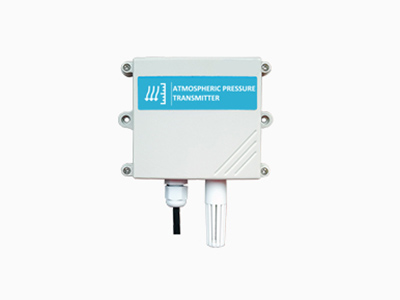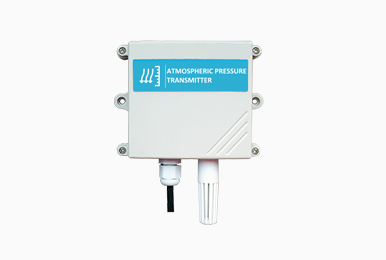Soil is a vital natural resource that plays a crucial role in agricultural production, ecosystem stability, and overall environmental health. Monitoring soil conditions is essential for ensuring optimal crop growth, efficient water usage, and sustainable land management. Traditional methods of soil monitoring, such as manual sampling and laboratory analysis, are time-consuming, labor-intensive, and provide limited spatial and temporal data. However, with advancements in technology, the emergence of advanced soil sensor systems is revolutionizing soil monitoring practices. This article explores the role of advanced soil sensor systems in revolutionizing soil monitoring and their potential applications in improving agriculture and environmental sustainability.

Part 1: Advanced Soil Sensor Systems and Functionality
Advanced soil sensor systems are innovative devices that collect real-time data on various soil parameters, including moisture content, temperature, nutrient levels, acidity, and salinity. These sensors are equipped with advanced technologies such as electromagnetic induction, electrical conductivity, capacitance, and optical sensing to measure soil properties accurately.
The sensors are typically installed in the ground at different depths and locations, providing a comprehensive understanding of soil conditions across an entire field or agricultural area. The collected data is then transmitted wirelessly to a central database or monitoring station for analysis and interpretation.
Part 2: Advantages of Advanced Soil Sensor Systems
Real-time Monitoring: Advanced soil sensor systems provide real-time data on soil conditions, allowing farmers and land managers to make informed decisions promptly. This real-time monitoring enables timely interventions such as adjusting irrigation schedules, optimizing fertilizer applications, and implementing pest control measures, resulting in improved crop yield and resource efficiency.
Precision Agriculture: Advanced soil sensors enable precision agriculture techniques by providing detailed and accurate information about soil variability within a field. This allows for targeted management practices, such as variable rate fertilization, soil amendments, and irrigation, tailored to specific soil conditions. Precision agriculture improves resource efficiency, reduces input costs, and minimizes environmental impacts.
Environmental Sustainability: Soil sensor systems contribute to environmental sustainability by promoting efficient water usage and reducing nutrient runoff. By monitoring soil moisture levels, farmers can optimize irrigation schedules, minimizing water waste. Additionally, nutrient sensors help farmers apply fertilizers precisely, reducing excess nutrient application and the risk of nutrient pollution in water bodies.
Decision Support Systems: Advanced soil sensor systems can integrate with decision support systems, providing farmers and land managers with actionable insights and recommendations. These systems use algorithms and models to analyze soil data, weather data, and crop requirements, assisting in making optimal decisions regarding irrigation, fertilization, and crop rotation.
Part 3: Challenges and Limitations
While advanced soil sensor systems offer numerous advantages, they do face some challenges and limitations:
Cost: Advanced soil sensor systems can be costly, especially for small-scale farmers or resource-constrained regions. The initial investment, installation, and maintenance expenses may hinder widespread adoption.
Calibration and Standardization: Soil sensors require accurate calibration to ensure reliable and consistent measurements. However, calibration can be time-consuming and may vary based on soil types, sensor technology, and environmental conditions. Standardization of calibration procedures is essential for ensuring data compatibility and comparability.
Data Interpretation and Integration: Collecting vast amounts of data from soil sensors can present challenges in data interpretation and integration. Analyzing and interpreting the data require expertise in soil science, agronomy, and data analytics. Integrating the data with existing farm management systems or decision support systems can be complex and may require technical support.
Sensor Durability and Longevity: Soil sensors installed in harsh agricultural environments face challenges such as physical damage, exposure to extreme temperatures, and soil compaction. Ensuring sensor durability and longevity is crucial to maintain accurate and reliable soil monitoring over extended periods.

Conclusion:
Advanced soil sensor systems hold immense potential in revolutionizing soil monitoring practices and transforming agriculture and environmental sustainability. Real-time monitoring capabilities, precision agriculture techniques, environmental stewardship, and decision support systems are among the key benefits these systems offer. While challenges such as cost, calibration, data interpretation, and sensor durability exist, continuous advancements in technology and increased adoption will help overcome these barriers. By harnessing the power of advanced soil sensor systems, farmers, land managers, and policymakers can make informed decisions, optimize resource utilization, and ensure sustainable land use practices for a healthier planet.
